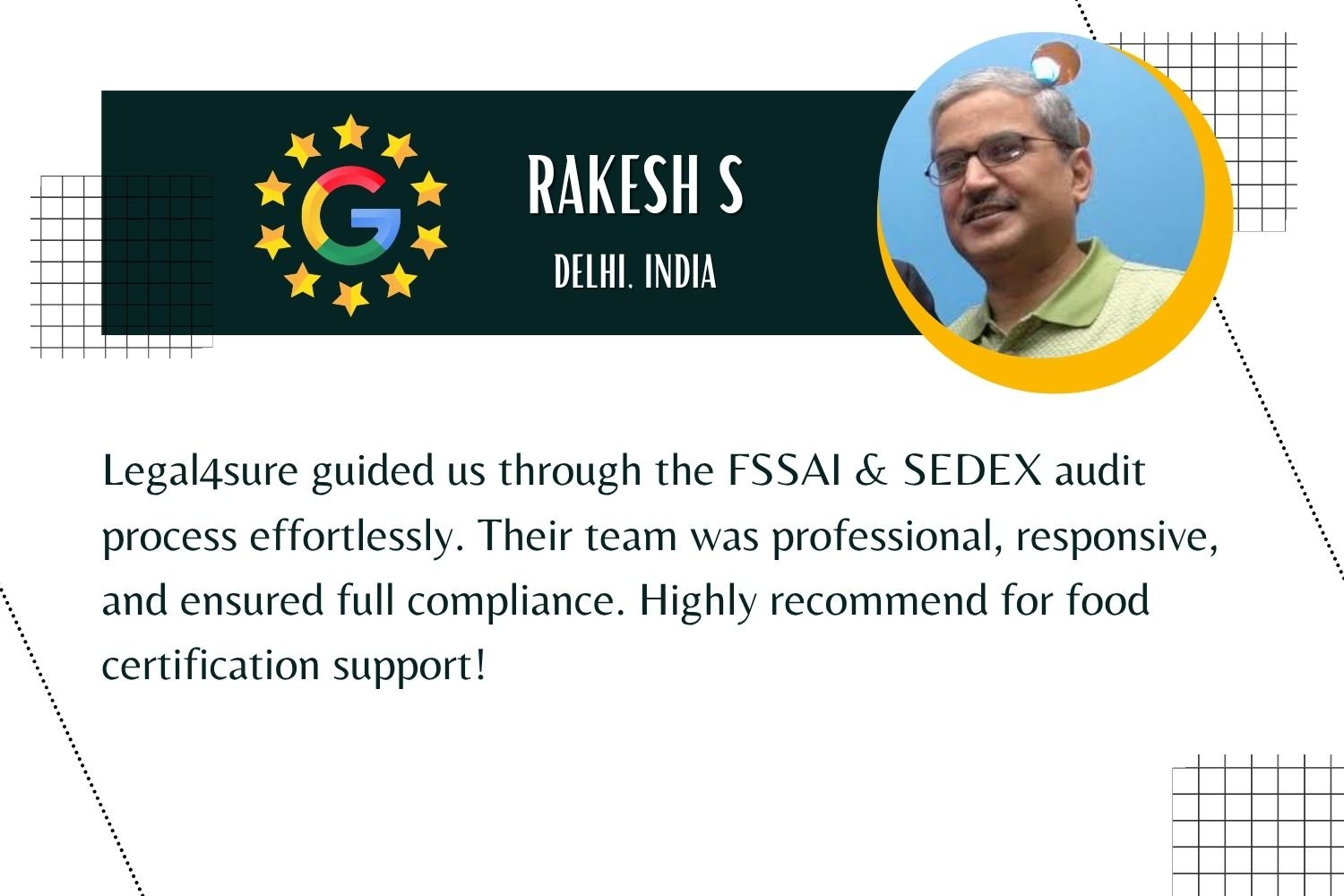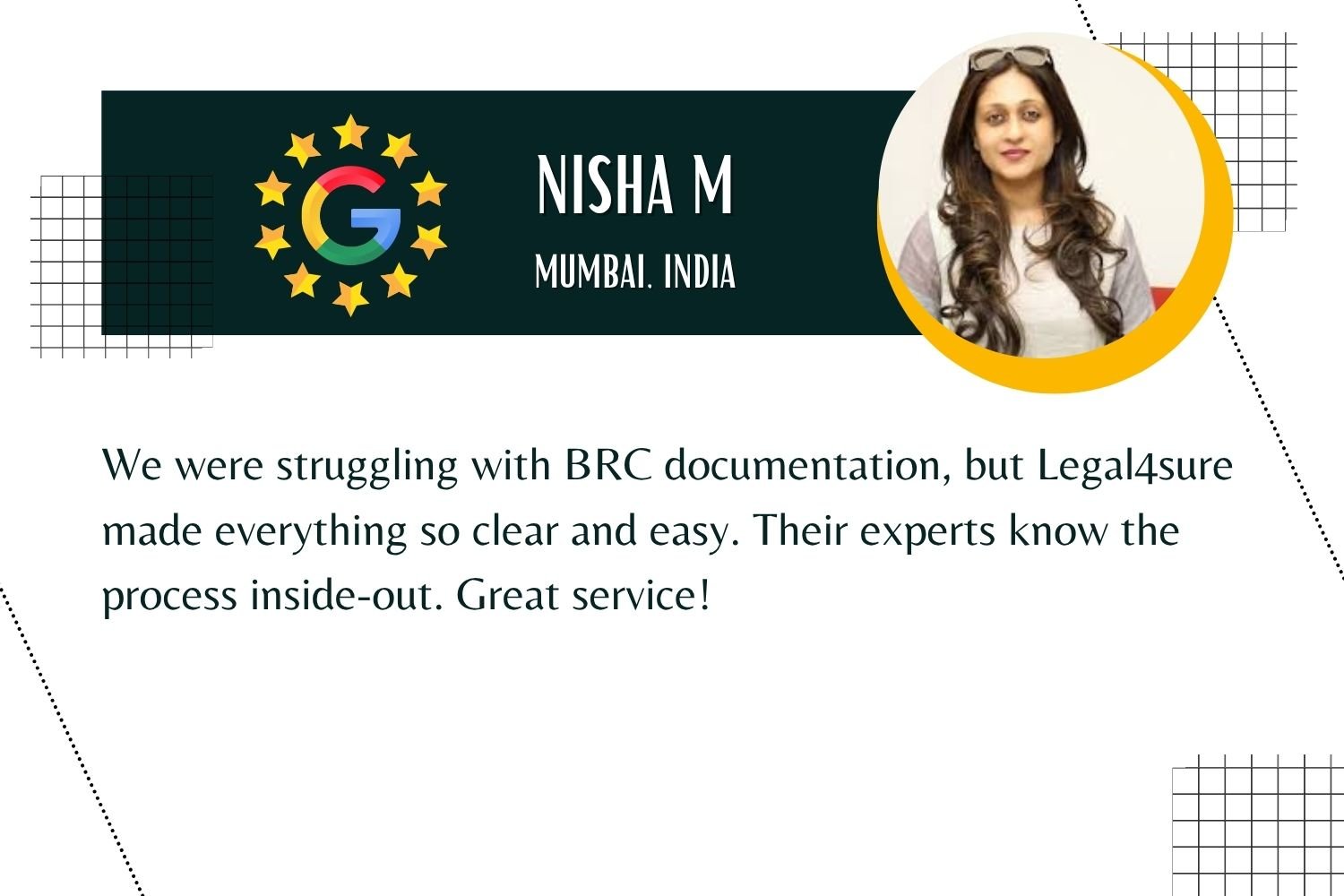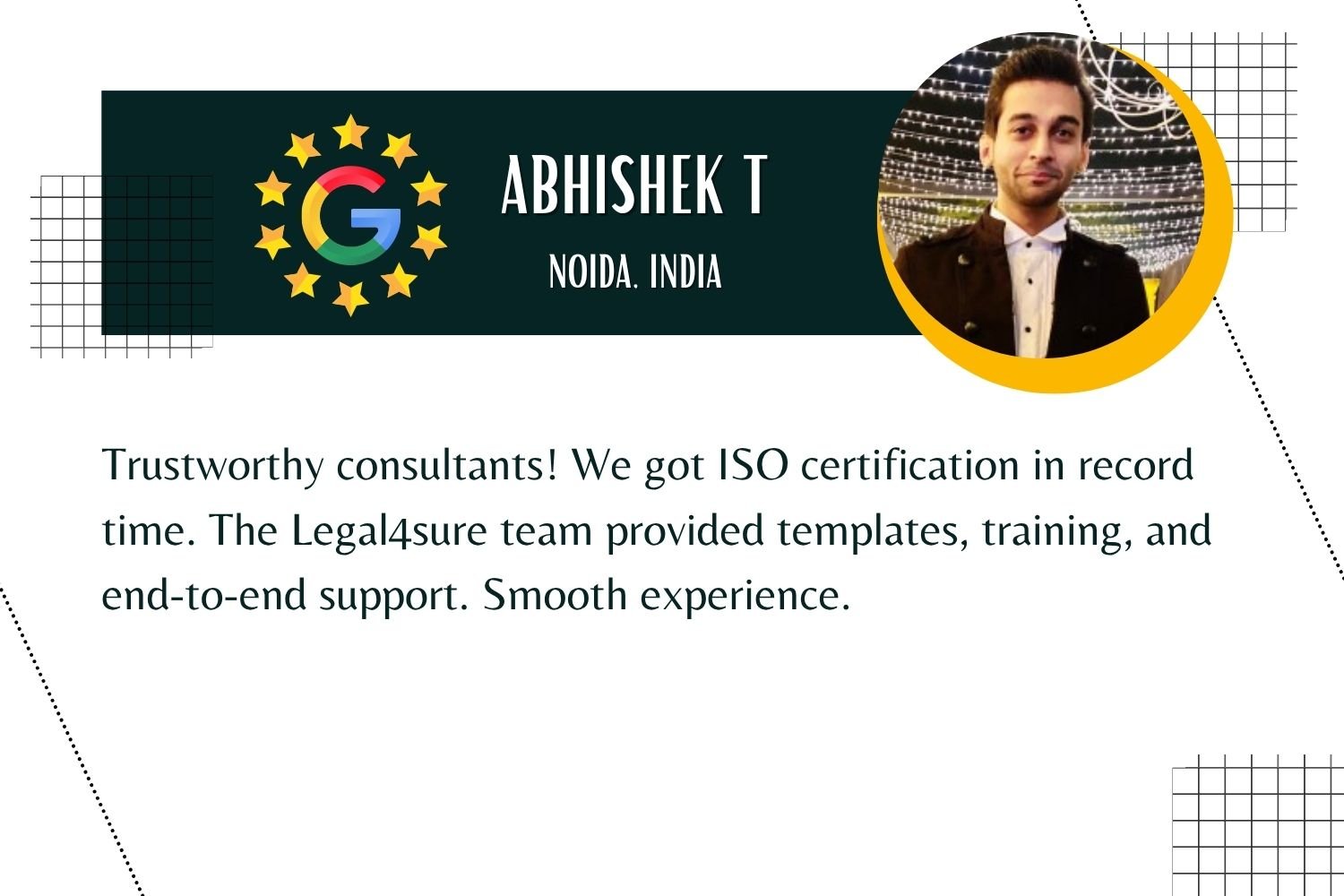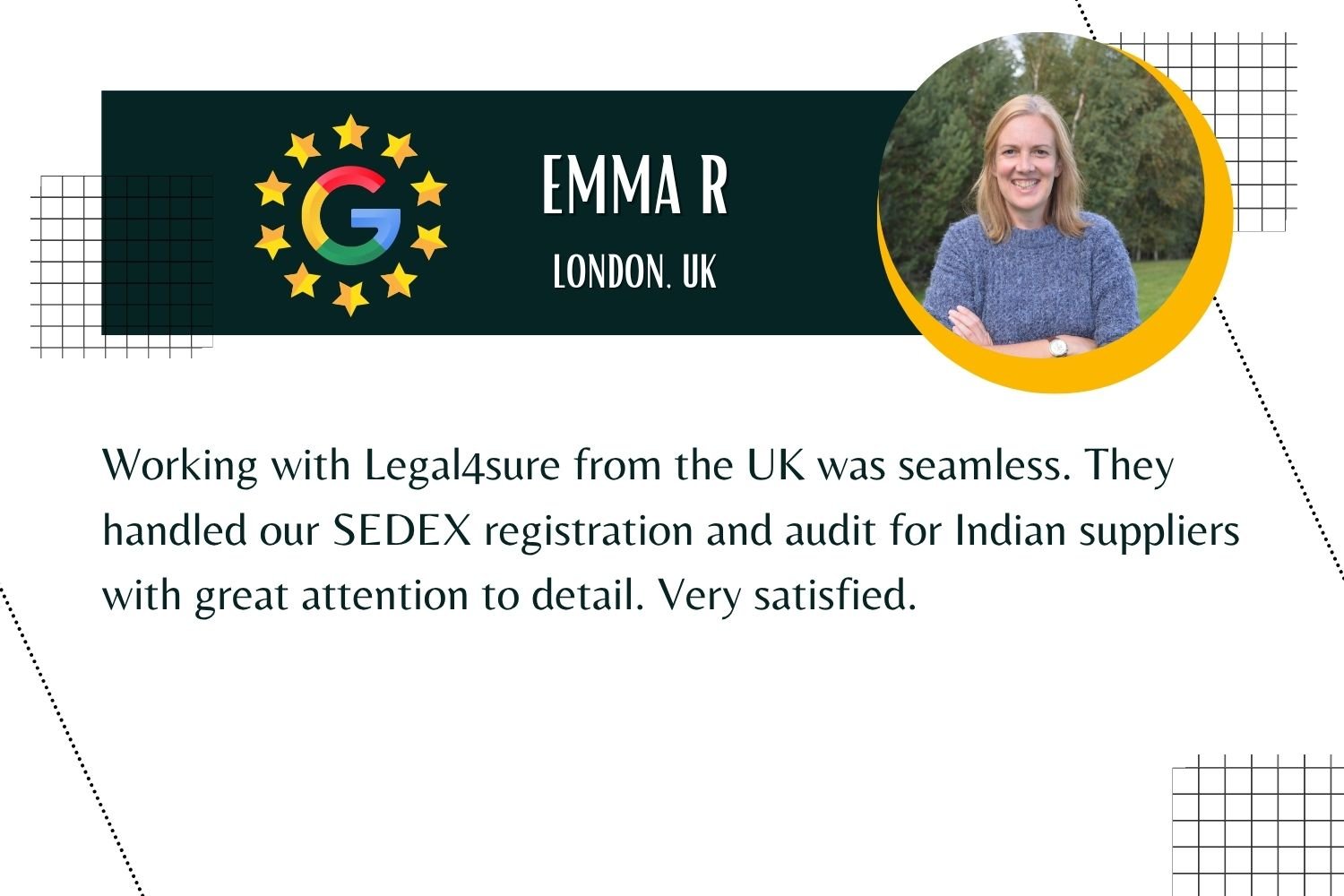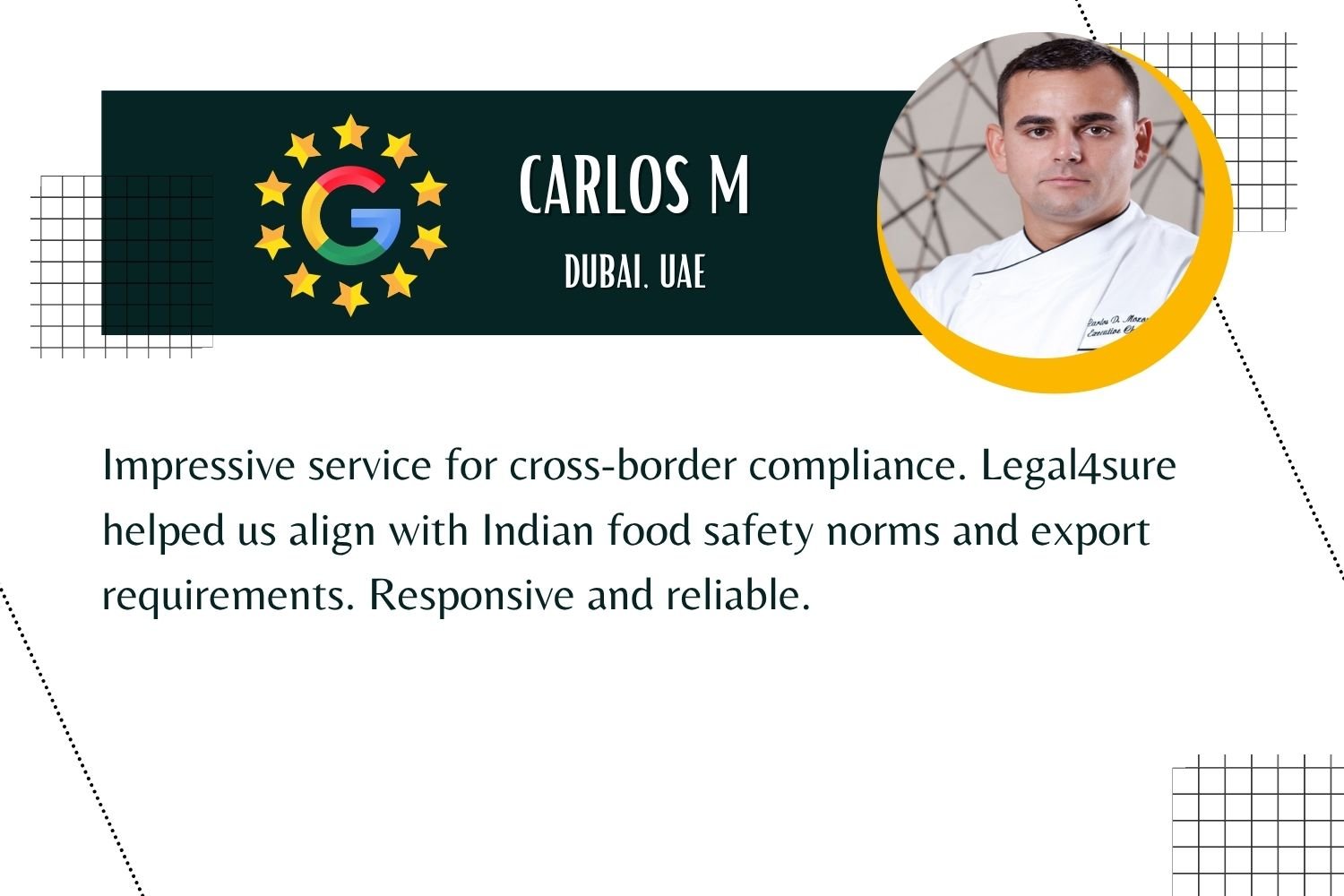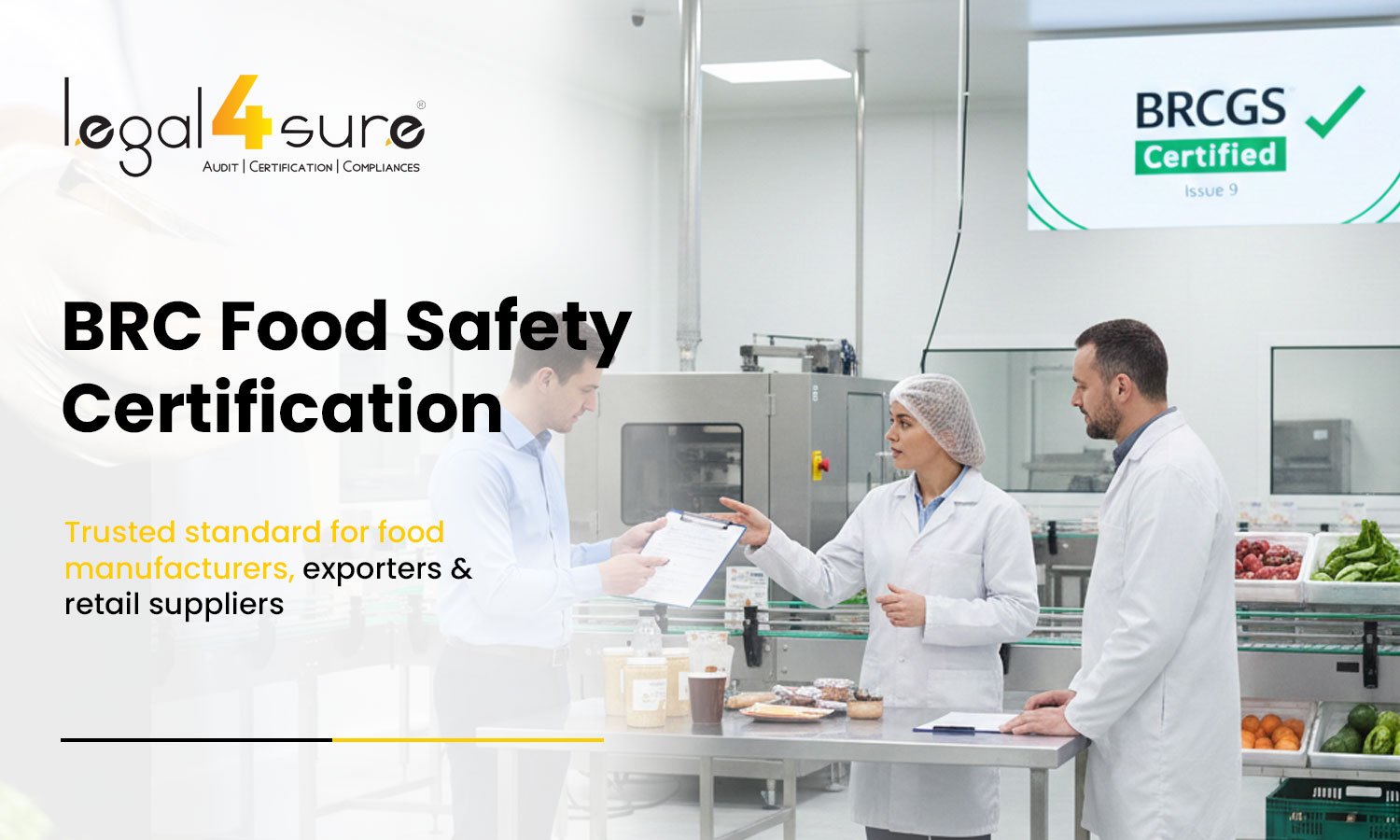Trust, not just rule-following, is the foundation of food safety. Therefore, the release of FSSC 22000 Version 6 is very important. These changes affect how you run, record, and demonstrate your commitment to safety, whether you are in charge of food safety across a global supply chain or overseeing a production line. What changed in FSSC 22000 Version 6? Let’s look at the clause-wise adjustments in FSSC 22000 V6 and their implications for you.
The Bigger Picture: Why This Update Matters
Starting with the technical specifics, FSSC 22000 V6 is more than simply a conventional upgrade. The strategic shift aims to strengthen the integrity of the system across global supply chains, comply with changing GFSI benchmarking standards, and resolve developing food safety issues. This edition establishes a tougher standard than FSSC 22000 V5.1. Greater focus right now is on transparency, food fraud, equipment management, and culture. The changes to FSSC 22000 Version 6 are both structural and functional; knowing how they impact your system is vital.
1. Culture Gets Measured: Clause 2.5.1 Explained
Culture is how individuals behave when no one is watching; it is not something you can mark off a list. Culture gets a lot of focus in FSSC 22000 V6. Unlike version 5. 1, a documented food safety and quality culture plan is presently mandatory. Real goals, actions, and tracking are all absolutely needed. You have to state that food safety is your top priority. You have to demonstrate that your company is running.
- New Features of FSSC 22000 Version 6: Annual culture goals, leadership participation, and quantifiable actions.
- What changed in FSSC 22000 Version 6: Action, not intention, is what culture now requires.
2. Equipment Under Scrutiny: Clause 2.5.13
Imagine you had recently installed a new slicer. Commissioning discussions in the past mostly centered on safety and cleanliness. You have to have a documented strategy for handling your equipment from beginning to final dismantling across its life cycle. This includes post-installation verification, maintenance schedules, and evaluations of hygienic design. New clauses in FSSC 22000 V6 deal with previously underregulated topics like this one.
- What changed in FSSC 22000 version 6: Clearer expectations for hygienic design, verification, and documentation at all phases.
3. Food Waste Takes the Spotlight: Clause 2.5.14
For the first time, the initiative tackles food waste and loss head-on. Strategic planning, not garbage recycling, is the key. Software should help to spot waste events; programs should be created to minimize them. This stresses environmentally friendly approaches in keeping with the Sustainable Development Goals of the United Nations. You should start calculating food waste right now if you haven’t already.
- What’s New: Root cause analysis, impact assessment, and reduction targets.
- What changed in FSSC 22000 Version 6: Food waste is now a compliance topic, not just a moral one.
4. Clearer Crisis Communication: Clause 2.5.15
Any longer incidents should be disregarded. This area calls for efficient, timely communication with the local and national government. Your team has to know who to notify, when to notify, and what information to supply, regardless of whether it’s a contamination event or a regulatory breach. Sustainable Development Goals: If you were not previously measuring food waste, you must begin doing it now.
- What’s New: Clear authority contacts, mandatory reporting deadlines, and escalation procedures.
- What Changed in FSSC 22000 Version 6: Communication isn’t optional—it’s operational.
5. Stricter Oversight on Purchased Materials: Clause 2.5.16
Buying raw materials? A supplier certificate is insufficient. The focus is on risk-based evaluations of every acquired material, such as ingredients, packaging, and other things. Version 6 necessitates continuous verification, testing, and traceability.
- What’s New: Material risk assessment, supplier re-evaluation, acceptance criteria.
- What Changed in FSSC 22000 Version 6: Documentation, testing, and supplier data take center stage.
6. FSSC Branding: Clause 2.5.17
The FSSC logo is now subject to regulations. It cannot simply be applied to packaging. You’ll need guidelines to regulate how and where it’s utilized, and it’s solely restricted to communication resources.
What’s New: Clear do’s and don’ts, internal approval process for logo usage.
Learn more: FSSC 22000 certification cost
7. Environmental Monitoring Gets Sharper
Environmental monitoring has been improved, even though it isn’t a completely new clause. A more calculated, risk-based strategy is anticipated. Swabbing the same five locations every month is no longer the focus. Think bigger; where are the actual microbial hazards?
What Changed in FSSC 22000 Version 6: Monitoring now requires deeper thinking, broader planning, and solid trending.
Read More: FSSC 22000 Version 6: Everything You Need To Know
Transition Timeline and Checklist: Don’t Miss This
You must switch from version 5.1 to 6. The certification agencies were instructed to start performing audits against V6 in April 2024, with the condition that all migrations be finished by April 2025.
Your V6 Checklist:
- Revise procedures and documentation by the new regulations.
- Train staff on the new rules
- Check the equipment’s design and installation.
- Implement strategies to reduce food waste
- Determine how providers are managed.
- Take another look at the indicators of a positive food safety culture.
- Notify the relevant teams of any changes.
Begin immediately. These modifications are complex but easy to do.
What Are the Major Changes in FSSC 22000 Version 6, Clause by Clause?
In summary, the main modifications for food manufacturers in FSSC 22000 Version 6 are as follows:
- Greater accountability in culture and leadership
- Overseeing the equipment lifecycle from acquisition to retirement
- Proactive initiatives to lessen food waste and loss
- Mandatory steps for external communication
- Increased scrutiny of purchased goods and the supply chain.
- clear restrictions on the use of the FSSC brand
- Risk-based environmental monitoring methods that are better
Every change results in smarter and more secure systems. Your team will be able to approach the new standard with confidence if they are aware of the modifications in FSSC 22000 Version 6.
In conclusion, the differences in FSSC 22000 Version 6 are not limited to increased documentation. It’s improved clarity, increased accountability, and a greater chance of gaining the confidence of regulators, clients, and consumers over the long run. Stay ahead of the pack. Do not hold off until audit week.
Need Help With the Transition? Legal4sure Can Guide You
Whether it’s gap assessments, internal audit assistance, document evaluations, or just going through the clause-wise changes with your team, we at Legal4sure guide you through the most recent update to FSSC 22000 step-by-step. Let’s make your transition to Version 6 seamless, organized, and audit-ready, with no room for conjecture.










